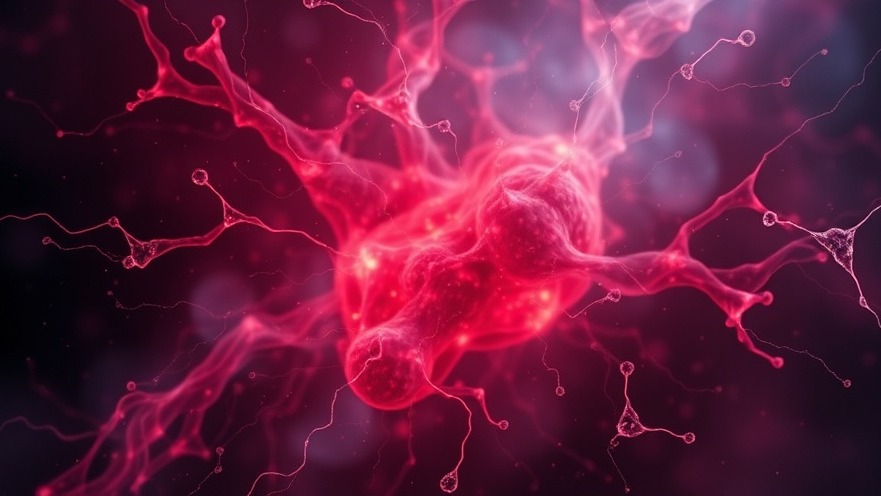
A Revolutionary Approach to Regenerative Medicine
In the quest to combat age-related muscular atrophy, researchers from Tokyo Metropolitan University have made groundbreaking strides by developing a method to implant myoblasts—precursors to muscle fibers—onto healthy muscle tissue without the need for prior scarring. This advancement, utilizing a cellular 'scaffold' made from extracellular matrix (ECM) fluid, marks a significant step forward in regenerative medicine and addresses a critical public health issue that affects the quality of life for many individuals.
The Science Behind Muscle Regeneration
Muscular atrophy, particularly in aging populations, poses significant health risks by diminishing mobility and increasing susceptibility to various diseases. Traditional methods of myoblast implantation often fall short because, without injury or the right cellular signals, the new muscle cells struggle to integrate, leading to failure of grafting. The innovative contribution from the Tokyo team revolves around enhancing the grafting process by incorporating ECM. By using ECM, which plays a vital role in muscle repair, the team has provided a supportive environment that allows myoblasts to thrive and successfully integrate into functioning muscle tissue.
The Impact of Extracellular Matrix in Myoblast Implantation
The pivotal idea is based on the understanding that skeletal muscle is in a 'repair mode' during injuries, where satellite cells—specialized stem cells—activate and secrete the necessary signals for cell grafting. By enriching myoblast injections with ECM, the researchers effectively stimulate similar conditions, enabling the new cells to assimilate successfully into the target tissue. Their findings, published in Frontiers in Cell and Developmental Biology, demonstrate that an increase in ECM correlates with higher success rates of myoblast grafting.
Future Implications for Muscle Repair and Rehabilitation
The implications of this research extend beyond just treating age-related muscular atrophy. With the ongoing rise in sedentary lifestyles, recovery from injuries, and ailments such as Duchenne muscular dystrophy, the ability to treat healthy muscle tissue represents a paradigm shift in how regenerative treatments can be administered. The potential to enhance muscle mass and function could fundamentally change rehabilitation strategies and improve outcomes for countless patients.
Challenges and Considerations
While the results are promising, the researchers acknowledge that challenges remain. For example, excess ECM may lead to complications like fibrosis if not moderated properly. This complexity highlights the need for further research to identify the specific components of ECM that contribute to efficacious grafting and to refine the methods used in implantation procedures.
Why This Matters for Health Practitioners
For concierge health practitioners and those engaging with aging populations, understanding and adopting new regenerative techniques can significantly benefit patient care practices. Incorporating findings like these into clinical strategies not only aligns healthcare providers with cutting-edge technology but also equips them with novel treatment options that enhance patient outcomes and quality of life.
Conclusion and Call to Action
The research conducted by Tokyo Metropolitan University presents an exciting advancement in the field of regenerative medicine, offering tangible solutions for addressing muscular atrophy. As the medical community evolves, it is crucial for health practitioners to stay informed on these groundbreaking developments that may soon translate into real-world applications. Embracing these innovations can lead to better health management strategies and ultimately improve the quality of life for many patients facing muscular atrophy.
 Add Row
Add Row  Add
Add 




Write A Comment